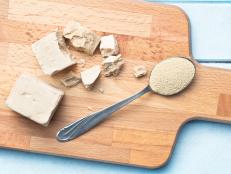10 Baking Tricks and Tweaks Only a Recipe Developer Would Know
Well, until now. Here's how a pro baker makes any cookie, cake, brownie or pie even better.
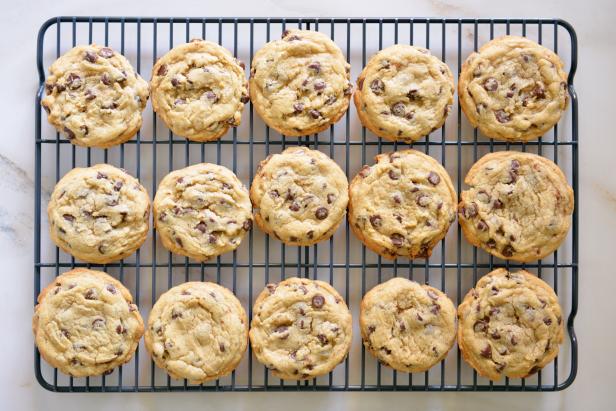
Wanwisa Hernandez / EyeEm/Getty
Ever wondered why that cake you just baked is not as fluffy as advertised? Or why the "chewy" chocolate chip cookies you threw together are kind of cakey? Or why that whipped cream topping on your no-bake pie is looking kind of floppy? As a seasoned recipe developer, I get it. It’s frustrating when you bake something hoping for a certain texture or look, and the recipe just doesn’t deliver.
I've learned a few bake-saving tricks over the years. I incorporate them into my own recipes, but they're handy to have in your back-pocket when I'm baking from someone else's recipe too — and I want you to know these secrets too! I turn to these tricks to ensure that whatever I'm baking, comes out looking and tasting exactly as I intended. You’d be surprised at how simple it is to twist and tweak cookies, pies and cakes to elevate from "meh" to "mmmmm."
An extra glug of vanilla and sprinkle of salt go a long way.
Vanilla and salt boost flavor, but, funnily enough, not their own. Instead, they enhance the other flavors in your treat, making a lemon cake taste more deeply of lemon, and a brownie more intensely of chocolate. If a recipe calls for a teaspoon of vanilla, try doubling it. And an extra 1/4 (or 1/2) teaspoon of salt is just the pop you didn’t know your chocolate chip cookies were missing.

Candice Bell/Getty
Substitute browned butter for regular when you’re feeling fancy — and make it in your microwave, to boot.
Browned butter has a lovely nutty, bold flavor and is spectacular when added to cookies, frostings, blondies and — my fave — crispy cereal treats (let the browned butter solidify if your recipe doesn’t call for melted butter). Although you’re probably used to browning butter low and slow on the stovetop, consider making it in your microwave; it’s foolproof, hands-off and saves you from washing a saucepan. Microwave on high for 5 to 8 minutes, in a large, covered microwave-safe container (that will do double duty as your mixing bowl).
Add an extra yolk (or two!) to cake batter if you know what’s good for you.
Yolks contribute fat and are excellent emulsifier. Adding an extra one or two to cake batter amps up the moistness and tenderness of your crumb — leading to a cake with a crazy-delicious, soft texture.
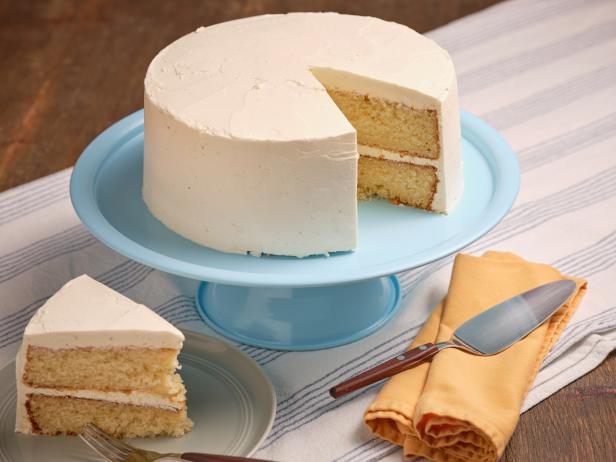
Caitlin Ochs
Substitute ice water (yup, you read that right) for the milk or buttermilk in a cake recipe.
Ice water (like egg yolks!) contributes moisture and a lovely mouthfeel to a cake made with butter. Although the science behind this tip is a little sketchy, allegedly the temp of the water allows the butter to melt more slowly in the oven, creating a lusciously moist cake with a soft crumb. If you’re baking a chocolate cake, ice water plays a different role, amplifying the cake’s chocolatiness. Because it has no flavor, water doesn’t interfere with the pure taste of the cocoa powder and/or melted chocolate in your cake (the way that the same amount of milk or buttermilk might do) and is a great choice for all the chocolate-lovers in the house.
Use oil instead of butter for a cake that comes together quickly and stays moist and tender on the countertop for days.
An oil-based cake is truly a treasure. Not only does it save you time, as there is no softening of butter (or, uh, forgetting about softening of butter), but there is no creaming of butter either. Plus an oil-based cake stays incredibly moist (oil does not solidify at room temp, the way butter does) and thus can be baked on a Tuesday and enjoyed on Friday. Use 3/4 as much oil (like vegetable or a mild olive oil) as you would butter. So, if a recipe calls for two sticks of butter, substitute with 3/4 of a cup of oil). You may substitute all of the butter with oil, or just a portion. Some cakes will have less lift and be less fluffy if made with oil, but what they lose in stature, they will make up for in tastiness.
Omit an egg white when making cookie dough if you are on team chewy.
As mentioned above, yolks are golden (pun intended) when baking cakes, due to the moisture they contribute. But they also play a role when baking chewy cookies. Cookies with egg whites tend to be a bit more dry and cakey than those without. If you omit one of the egg whites when making your dough, (substituting a tablespoon of water or milk to make up for the loss of liquid) and add just the yolk, you will be rewarded with a fudgy, dense and chewy gem of a cookie.

Dalina Rahman / EyeEm/Getty
For toothsome cookies and brownies, change up the flour.
Substitute some of the all-purpose flour in your recipe for bread flour. The higher protein in bread flour makes for a chewier baked good (think a good loaf of bread) and works that same magic in cookies and brownies. A one-to-one swap might almost be too chewy (yes, that’s possible) so start with substituting half and experiment from there.
Add chocolate chips to brownies for the shiny crust of your dreams.
The illusive shiny-crusted brownie can be yours if you add a cup or two of chocolate chips to your next batch of brownie batter. In my experience, making tray upon tray of brownies during my tenure at Baked, melting the butter and sugar together does the trick as well, but it appears the same can be achieved with the mere addition of the chips, which partially melt in the batter while baking (I learned this trick from King Arthur Baking, and have never looked back). Plus, who doesn’t want to throw some extra chocolate into their brownie batter in the name of (shiny) science?
For the most stable (and luscious) of whipped creams, pull out your food processer.
Of course you can make whipped cream in your stand mixer or in a mixing bowl with a hand mixer (or even whisk by hand!) but when you use your food processer, the result is not only tasty, but much more importantly, stable. It is the perfect cream for topping a pie or layering in an icebox cake or really any application where a slightly droopy peak is not ideal.
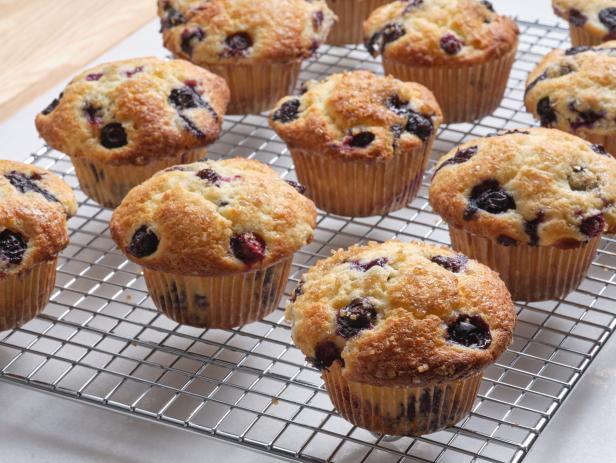
Caitlin Ochs
A (generous) sprinkle of sugar will give your homemade loaf cakes and muffins that coveted professional bakery look.
Ever wonder why the tops of the muffins and loaf cakes in the case at your local bakery, are wonderfully sparkly? And why each bite has a crunchy, yet sweet kick? Well, the answer is sitting in your pantry right now: sugar — ideally Turbinado (aka raw sugar), but granulated does the trick, too. After filling your muffin tin or loaf pan with batter, evenly sprinkle (with a heavy hand, just sayin’) Turbinado sugar all over the muffin tops and the loaf cake, and bake. You will not be sad you did.
























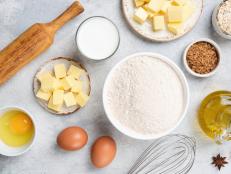

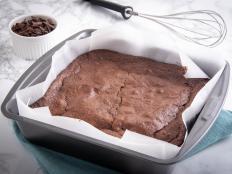
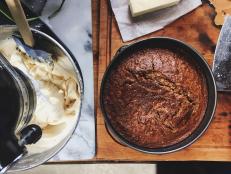
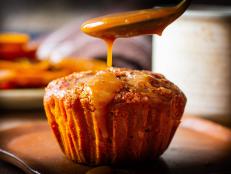

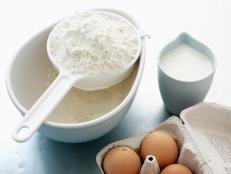
.jpg.rend.hgtvcom.231.174.suffix/1681323015319.jpeg)
